1. Intended Use and Location: Indoor vs. Outdoor: Determine whether the kiosk will be placed indoors or outdoors, as this impacts the need for weatherproofing and durability. Space Availability: Consider the physical space where the kiosk will be installed to choose an appropriate size and design. 2. Expected Transaction Volume: Cash Handling Capacity: Choose a kiosk with adequate coin and bill storage capacity based on anticipated usage. Maintenance Requirements: Consider the frequency of maintenance, cash collection, and restocking based on transaction volume. 3. User Demographics: Ease of Use: Ensure the kiosk is accessible and easy to use for your target audience, including features for the elderly or disabled. Language Options: If serving a diverse customer base, consider including multi-language support. 4. Security Needs: Physical Security: Assess the need for tamper-resistant materials, secure locks, and built-in surveillance cameras. Data Security: Ensure the kiosk complies with payment security standards (e.g., PCI-DSS) to protect customer information. | 5. Customization vs. Standard Models: Customization Costs: Balance the benefits of customization against the cost and lead time compared to standard models. Compatibility: Ensure that customized features integrate seamlessly with your existing systems and infrastructure. 6. Budget and ROI: Initial Cost vs. Long-Term Savings: Consider the upfront investment against the potential for labor savings and increased efficiency. Maintenance and Operating Costs: Factor in ongoing costs for maintenance, software updates, and cash handling. 7. Supplier Reputation and Support: Vendor Reliability: Choose a reputable supplier with a proven track record in delivering high-quality kiosks. After-Sales Support: Ensure the vendor provides comprehensive support, including warranty, training, and technical assistance. 8. Compliance and Regulations: Local Regulations: Verify that the kiosk complies with local regulations, including ADA compliance and payment security standards. Environmental Standards: Consider energy-efficient models if sustainability is a priority, and ensure compliance with environmental regulations. |

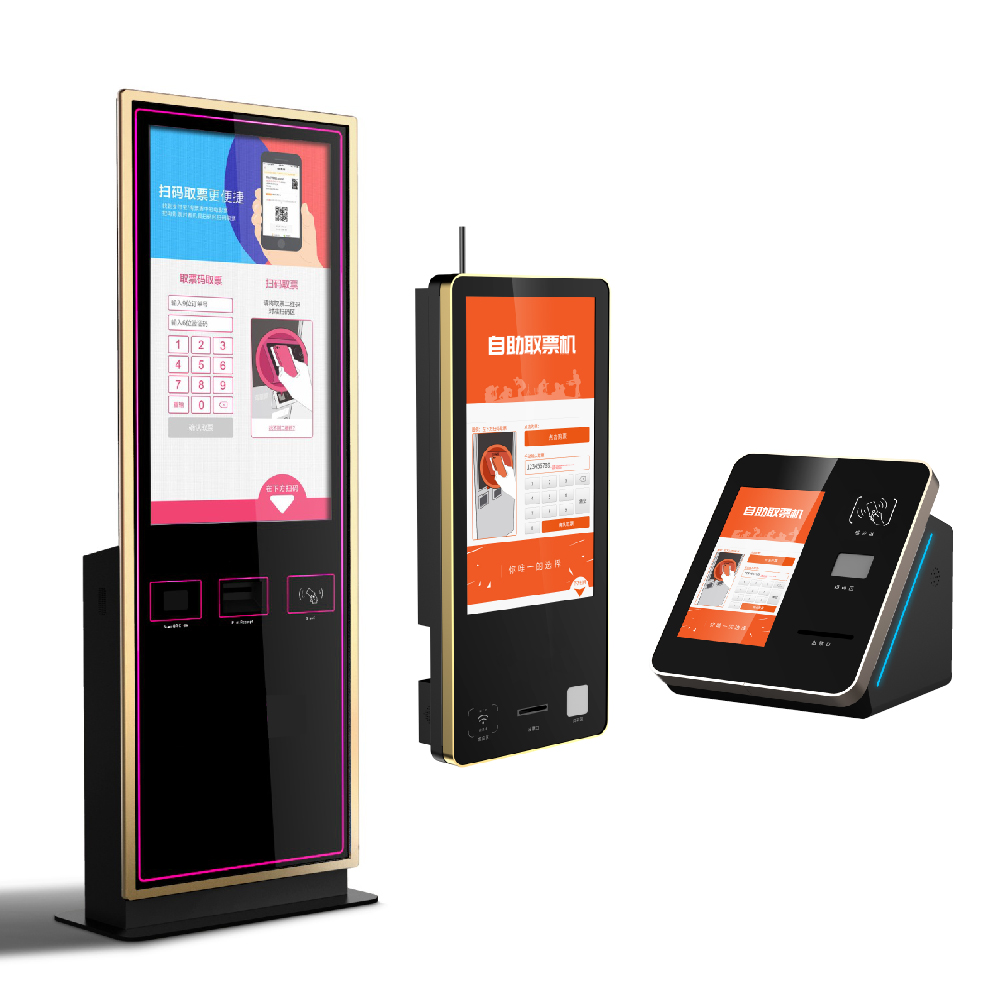
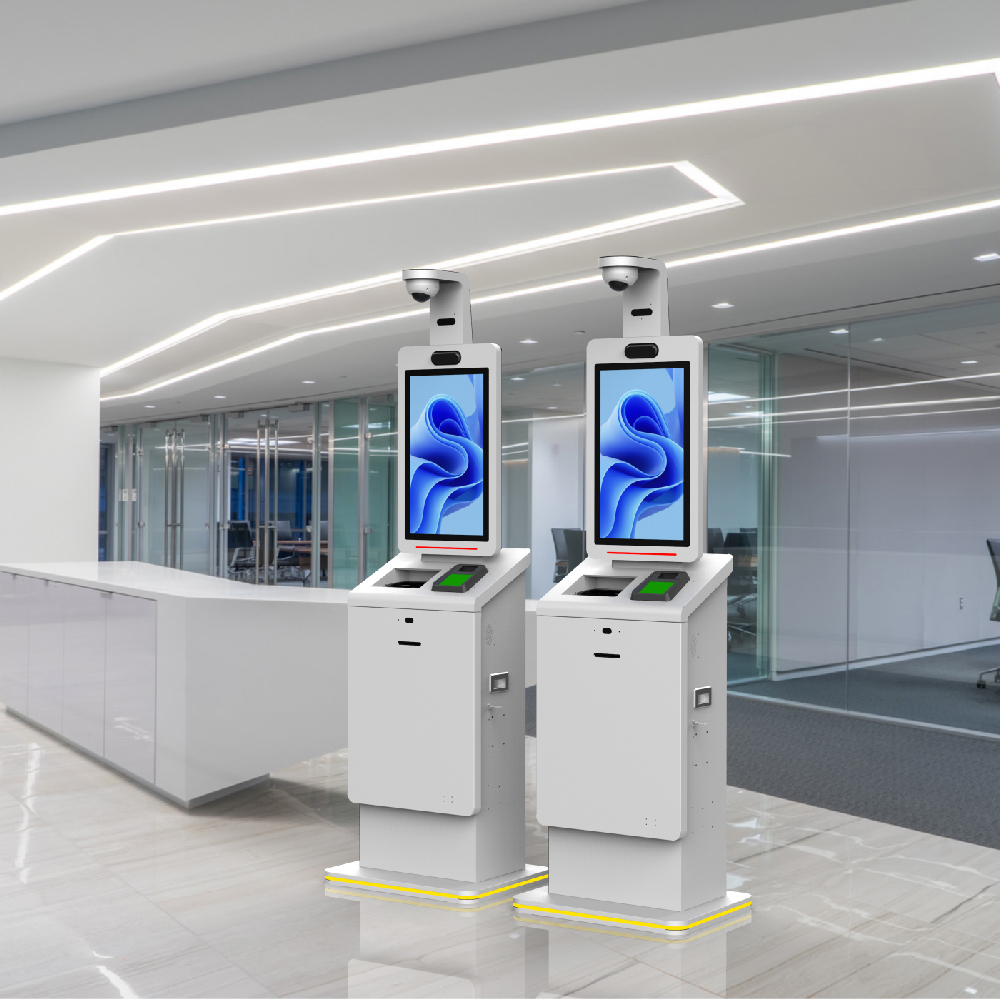
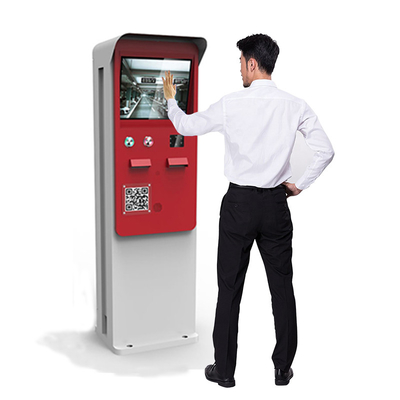
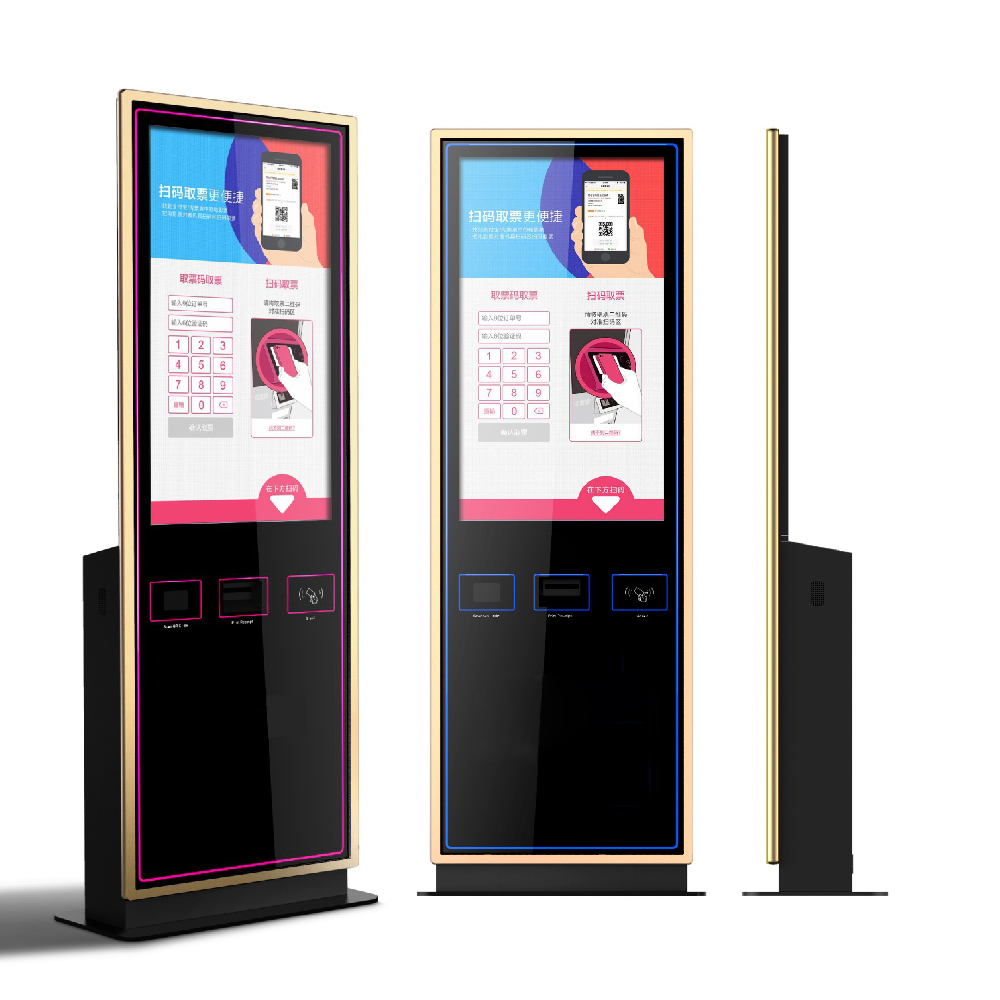
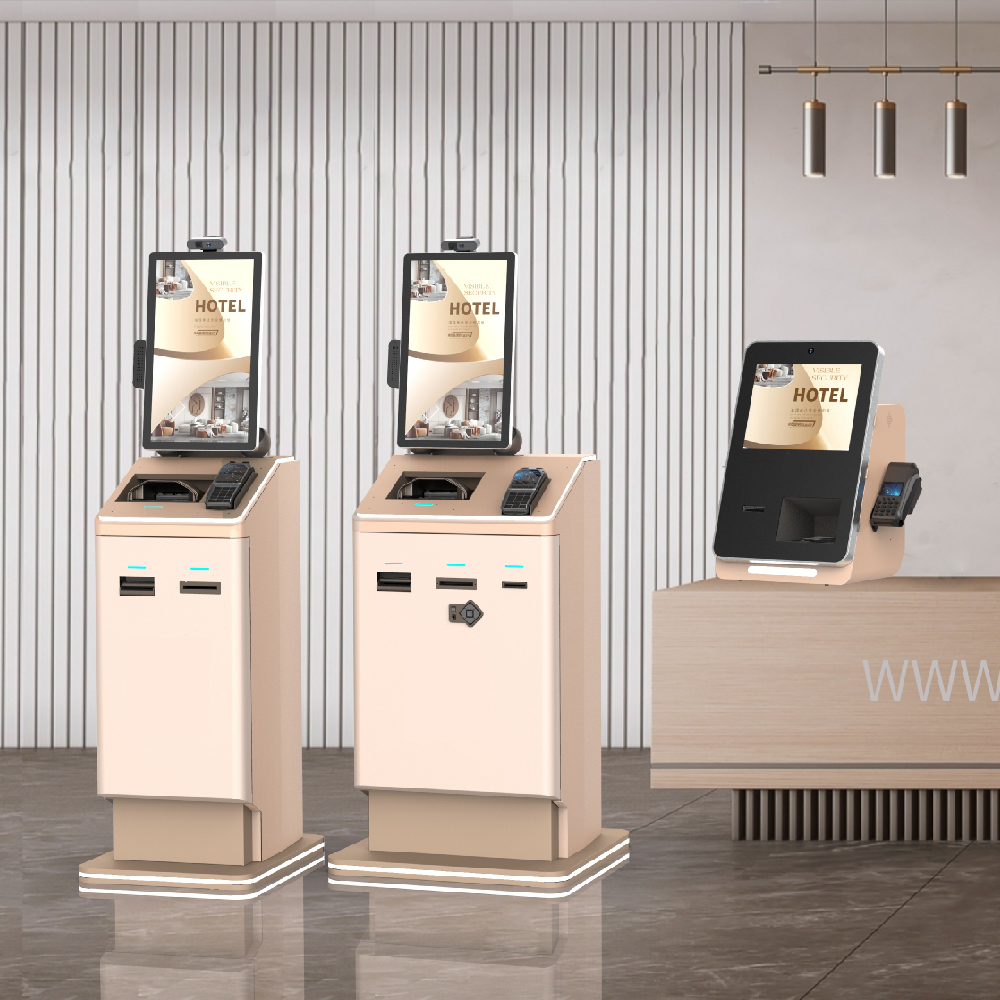
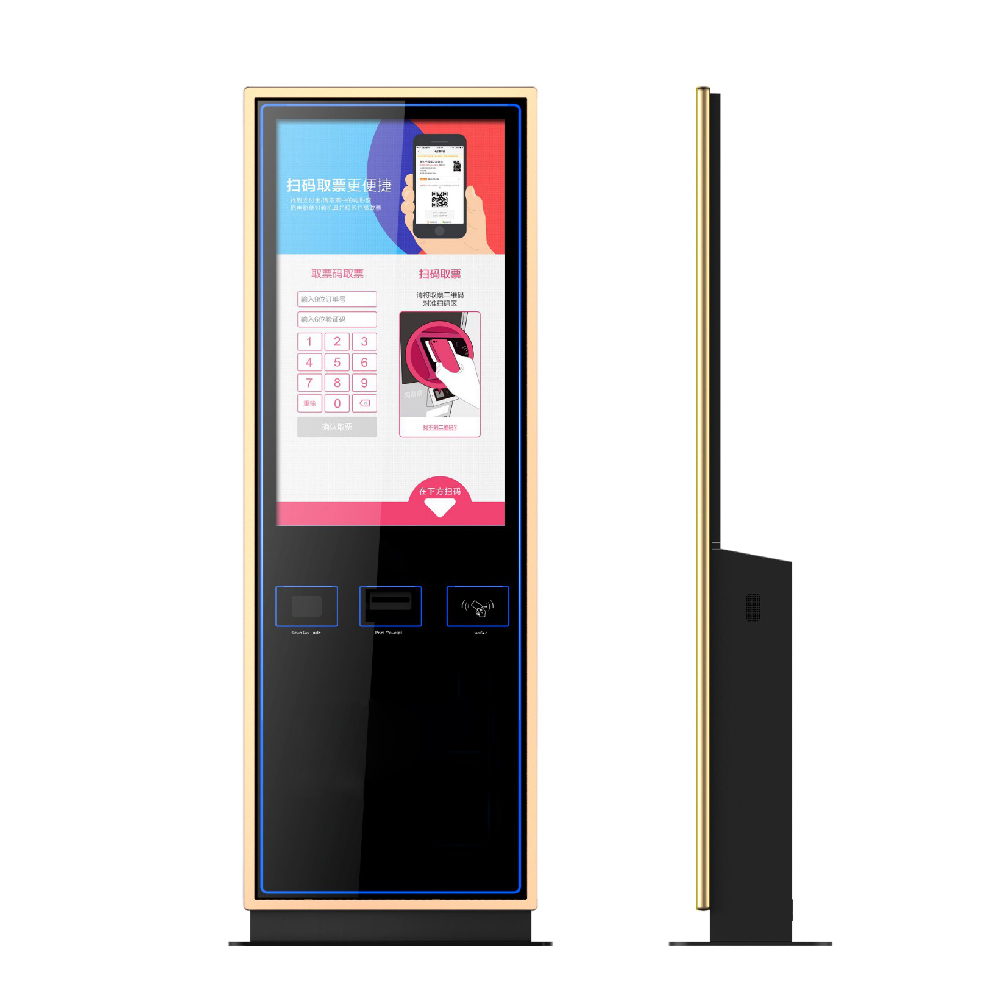

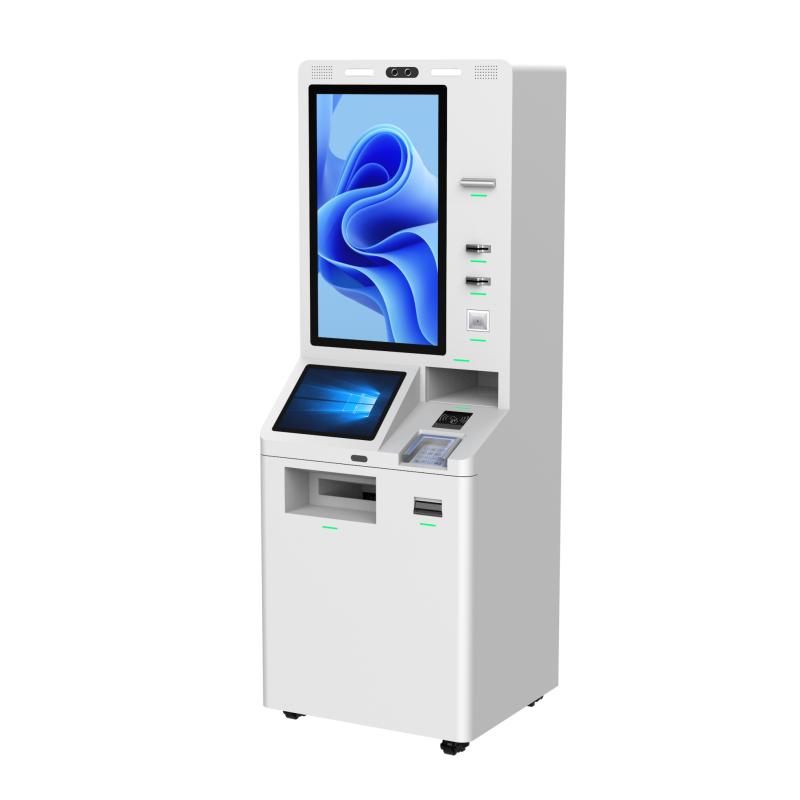
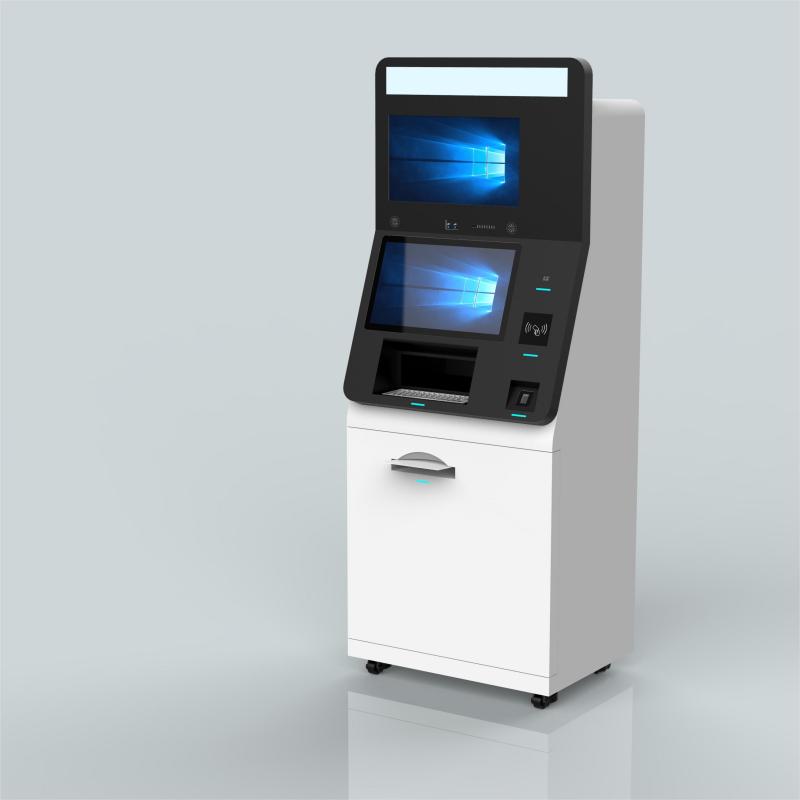

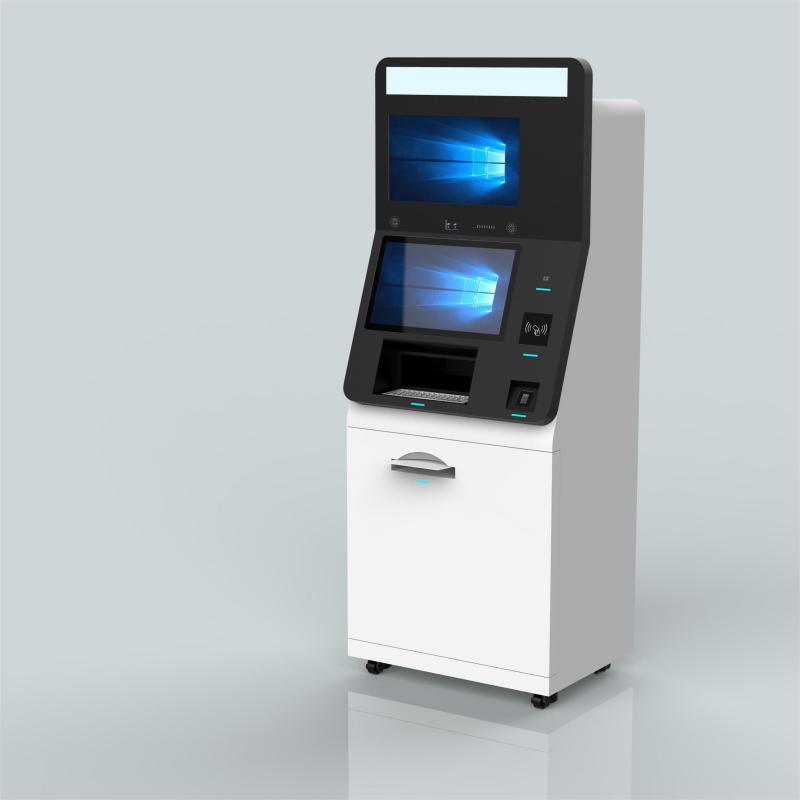

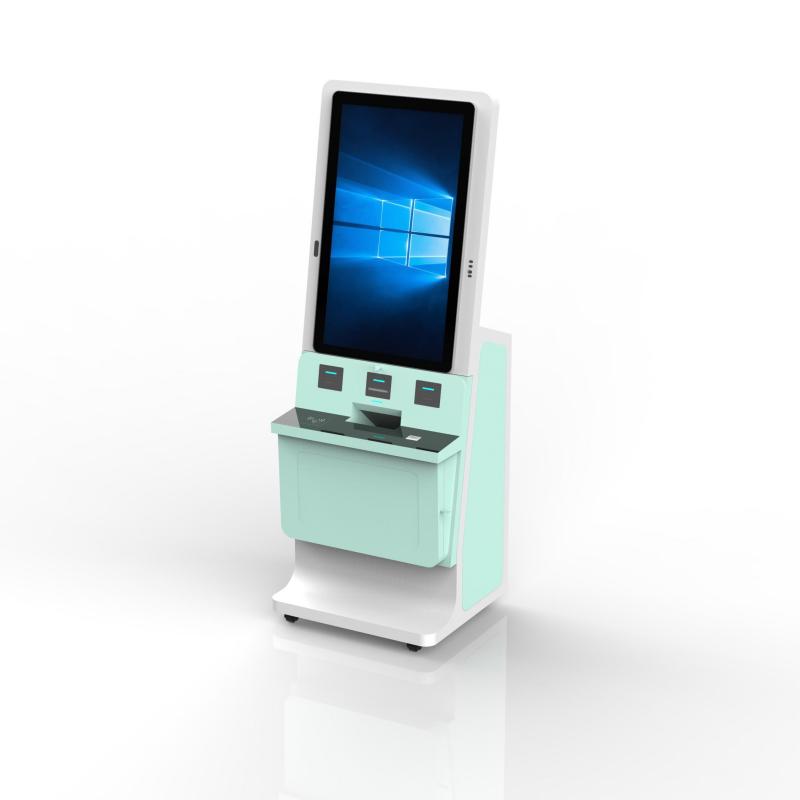

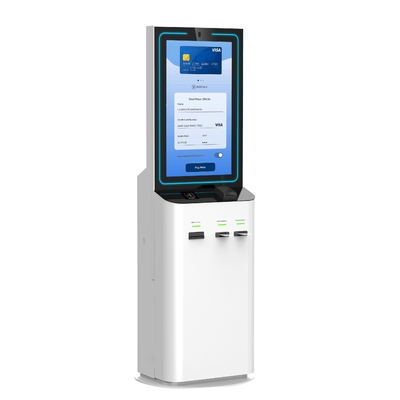
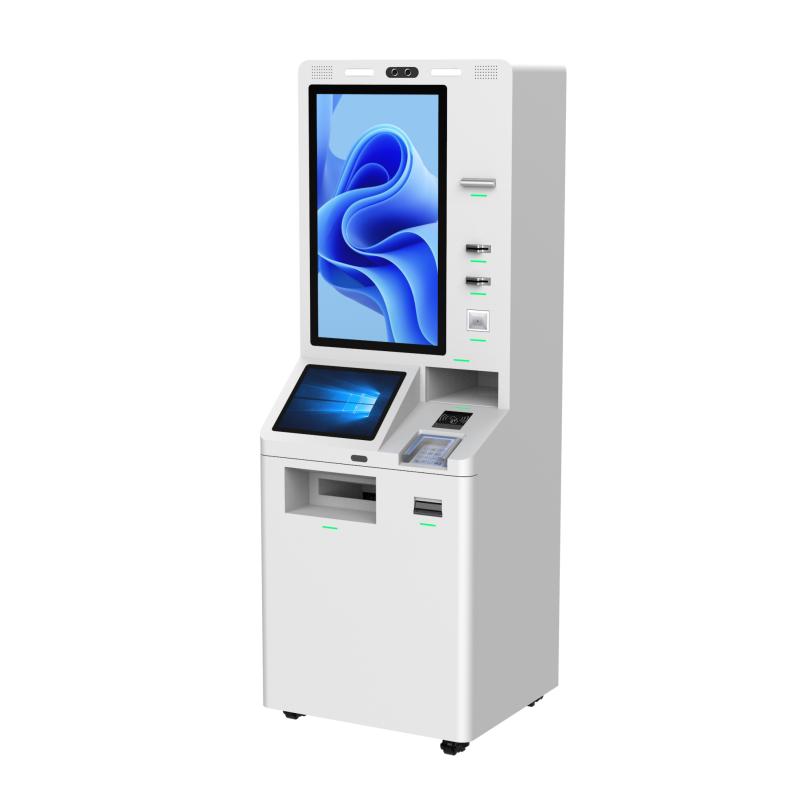
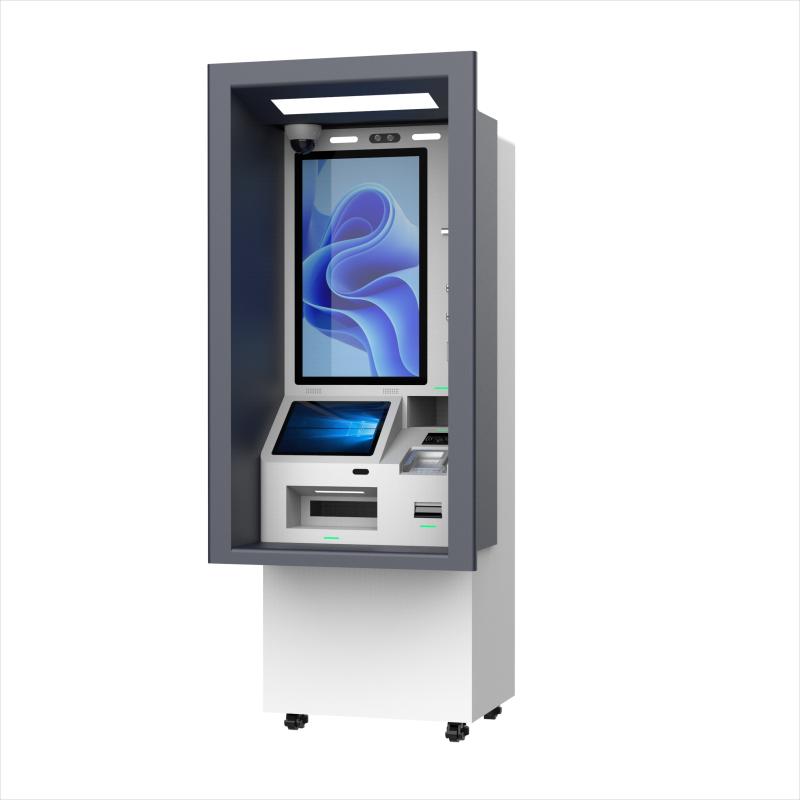
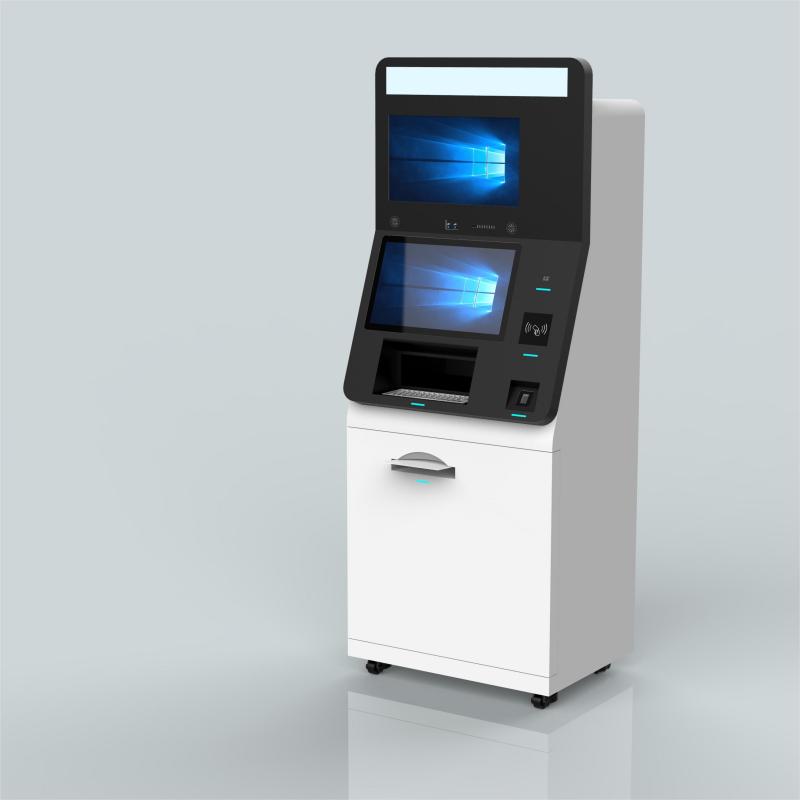

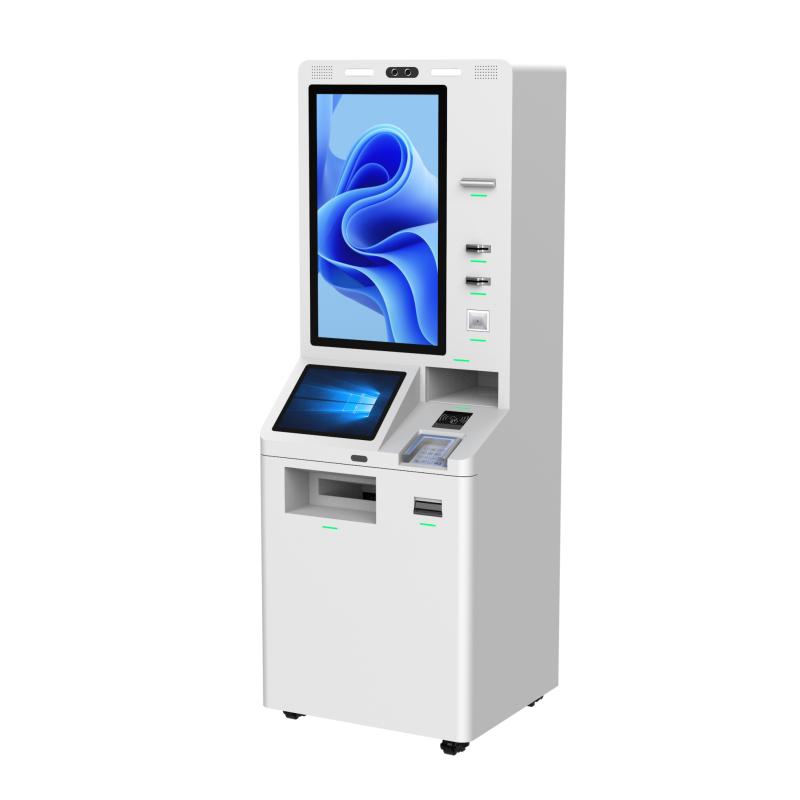
What did our happy clients say?
Our new cash payment kiosk has exceeded our expectations! It's fast, reliable, and easy for customers to use. Thanks to Lean kiosk system for delivering such a high-quality product on time!
We couldn't be happier with our cash payment kiosk. It’s boosted efficiency and customer satisfaction. The manufacturer's support was outstanding, guiding us through every step. Highly recommended!
The cash payment kiosk has been a fantastic addition to our business. It’s sturdy, secure, and user-friendly. Huge thanks to the manufacturer for their exceptional service and top-notch quality!
Our experience with the cash payment kiosk has been nothing short of excellent. It performs flawlessly, and the manufacturer provided great customization and support. We’re grateful for their expertise!